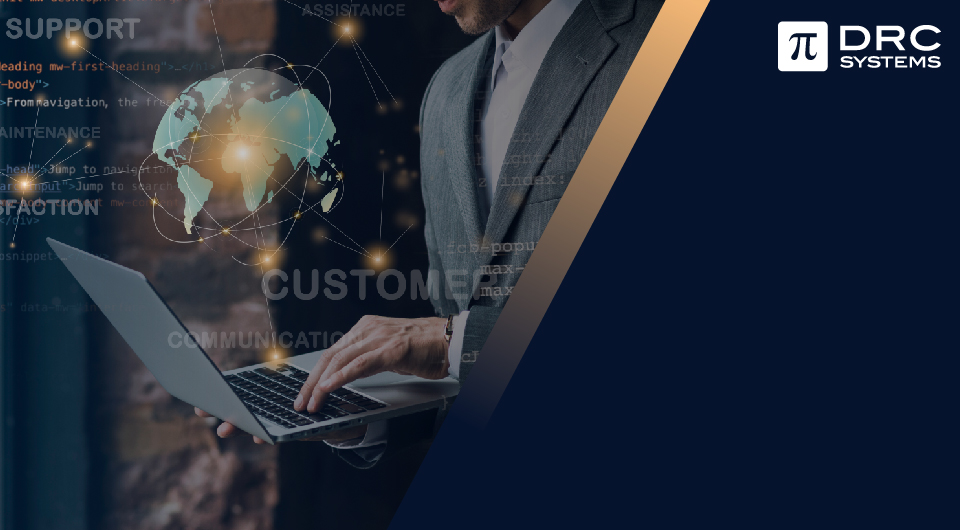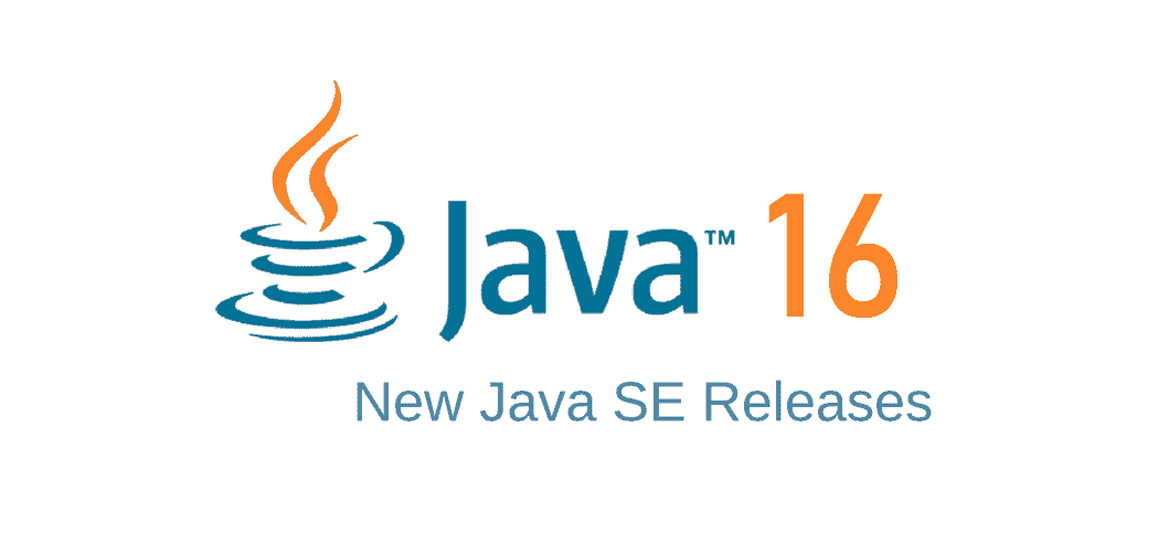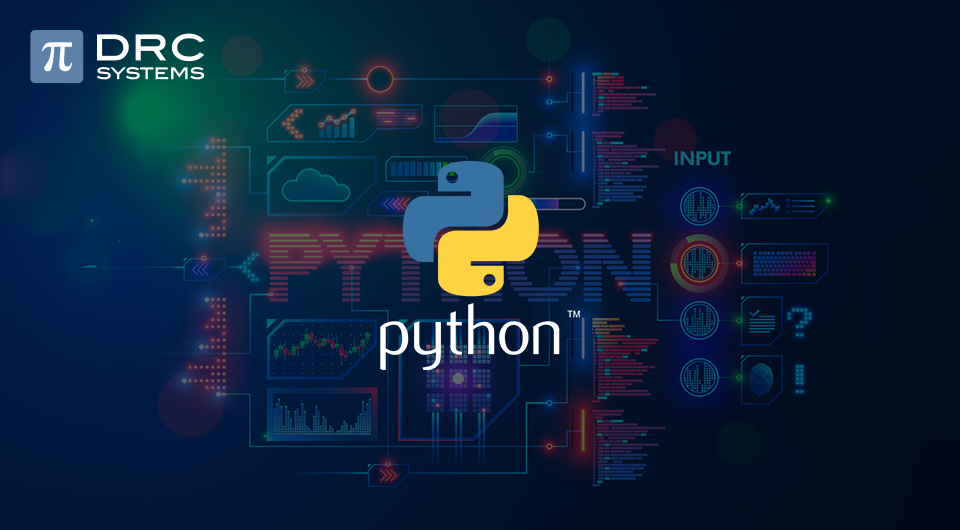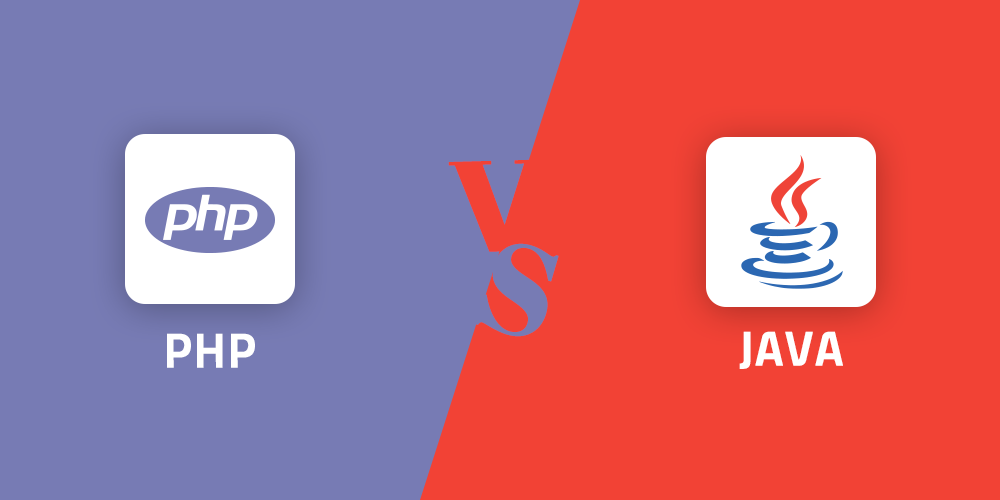Related Articles
Java 16 Launched: New Features & Updates
The recent Java (JDK 16) update has generated significant buzz. Here’s a breakdown of the new features included in the release.
Read The PostTop Python libraries for data science in 2023
This article covers the top 15 Python libraries essential for data science in 2023.
Read The PostPHP vs. Java: Differences, Similarities, and Which to Choose
This analysis of PHP vs Java provides a clear and detailed comparison to help you choose the best language for your project.
Read The Post


